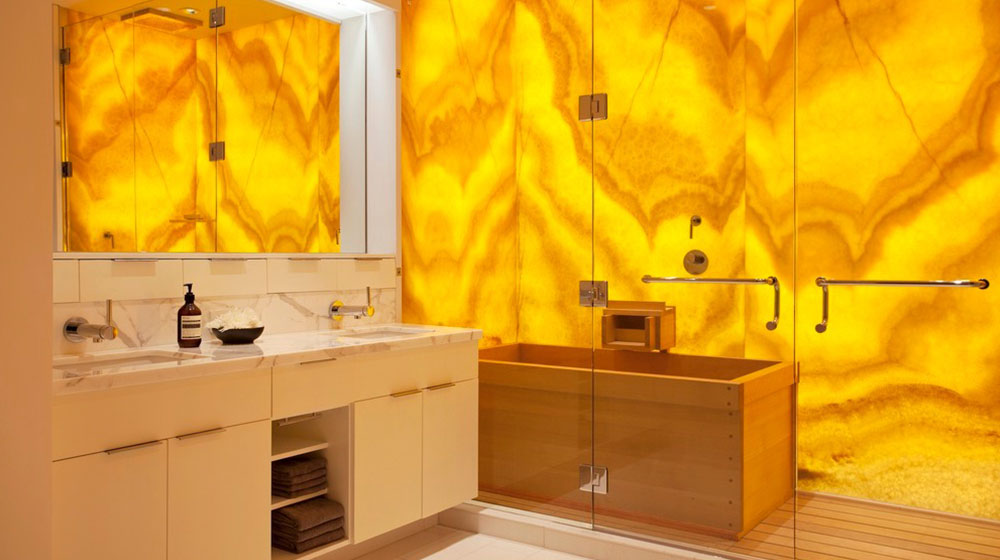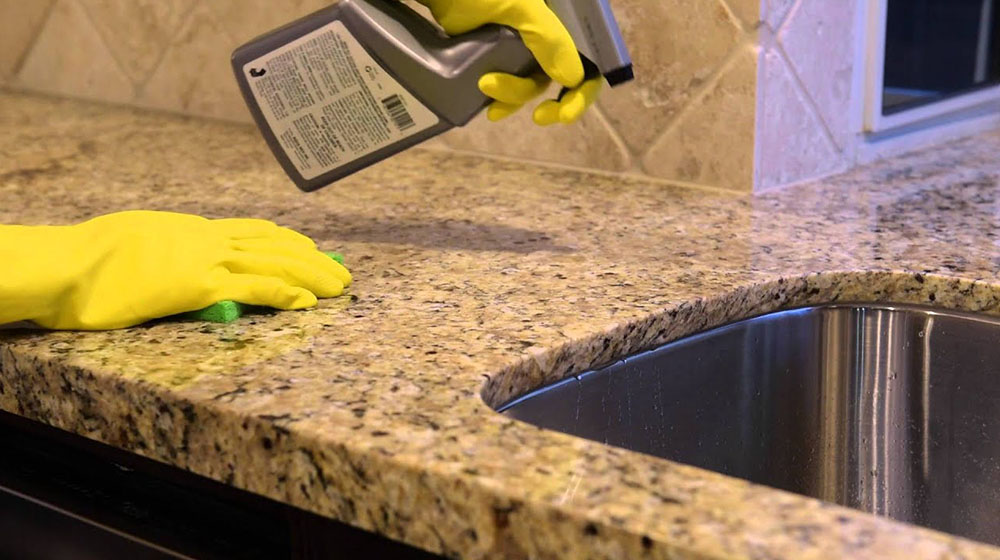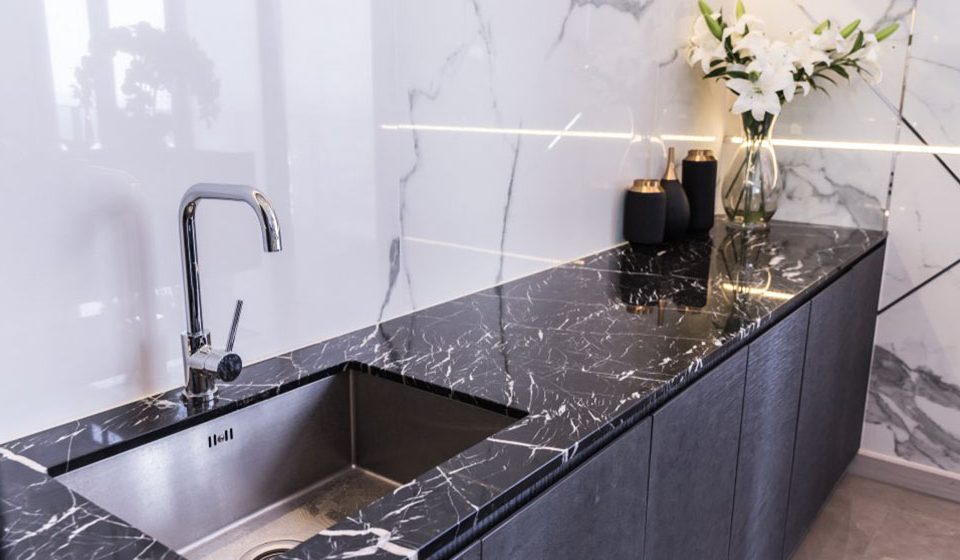
What are the differences between marble and onyx?
28 February, 2024
How to remove scratches on the surface of marble?
5 March, 2024
بایدها و نبایدهای نگهداری و تمیز و براق کردن سنگ
Peerless in terms of luminescence, softness, and distinctive veining, marble has always been one of the most widely preferred and highly valued materials for accent pieces in a home’s decor. Marble surfaces add elegance and style to surroundings and can stand the test of time when properly taken care of. Despite its apparent strength and durability, marble is very porous and susceptible to stains and scratches. Even when professionally polished and sealed, this beautiful natural stone easily soaks up liquids that can leave ugly stains on the delicate surface. So to preserve the gorgeous look and feel of marble surfaces for a long time, you need to know how to remove any potential stains in a quick and efficient manner.
What to Do When Something Spills on a Marble Surface
Any spills on a marble surface must be immediately blotted up to prevent damage. Use a paper towel to absorb the liquid – wipe the surface gently with circular motions, working from the edge of the spill inward. Then, add several drops of a mild cleaning agent to a gallon of warm water, wash the area of the spill, and rinse it thoroughly. Wipe the surface dry with a soft cloth and repeat the cleaning process once again. If a persistent stain remains despite your efforts, try the efficient methods for removing stains from marble listed below.
How to Remove Stains from Marble
The longer a stain sits, the harder it will be to remove it. So, you need to take quick and adequate measures as soon as you notice a stain on a marble surface in your home. Have in mind, though, that different kinds of stains require different treatment.
Oil-Based stains
Oil-Based stains are caused by many things you have in your home: Cooking oil, grease, milk, butter, hand lotion, etc. These stains will usually appear to be light brown or yellow in color.
Organic stains
Stains from coffee, tea, wine, foods and other organic substances are pink to brown in color and relatively easy to remove.
Soap stains
Soap scum builds up within the marble’s voids and pores, quickly staining the surfaces. So shower walls, bathroom floors and vanities, and other marble pieces that come in contact with soapy water need periodical cleaning. Fortunately, it’s quite easy to remove soap scum stains from marble – just add half a cup of ammonia to a gallon of water and wipe the surfaces clean.
Rust Stains
Metal furniture, flower pots, cans, screws, nails, etc. can stain the polished marble surfaces and allow for rust buildup. Bronze, copper or brass items embedded in the marble can also result in greenish or muddy-brown metal stains that are very difficult to remove.
Ink stains
Marble countertops and other surfaces are no stranger to ink stains. Ink stains result from pens, highlighters, markers or even wine.
Steps of making and using Marble poultice
A marble poultice is used to draw stains out of marble surfaces. In fact, it is a liquid cleaner or chemical mixed with a white absorbent material to form a paste with the consistency of sour cream or peanut butter.
Combine the required solvent with water or baking soda. Depending on what the specific stain is, the solvent can be 6 percent hydrogen peroxide, mineral spirits, etc. Combine the ingredients until the poultice is the consistency of peanut butter.
Step 2 Clean the area of the stain. Before you apply your poultice, you will need to make sure the area of the stain is clean. Make sure the stained area is slightly wet so that the poultice will be able to penetrate the stone’s surface.
Step 3 Apply the poultice to the stain. The application should be roughly ¼ inch to ½ inch thick.
Step 4 Once the poultice has been applied, cover it with plastic wrap. Secure the plastic wrap with masking tape around the edges.
Step 5 Let the poultice go to work. The poultice will take time to remove the stain. You should typically wait for between 24 to 48 hours before removing the poultice.
Step 6 After waiting the required amount of time, remove the poultice from the surface. You can remove the poultice with a plastic or wooden spatula. Wipe the surface down with a damp cloth and dry it. Do not use any tools that may scratch your marble.
References
https://www.marbec.it/en/blog/how-to-remove-stains-marble-opaque/
https://marble.com/articles/how-to-get-stains-out-of-marble



